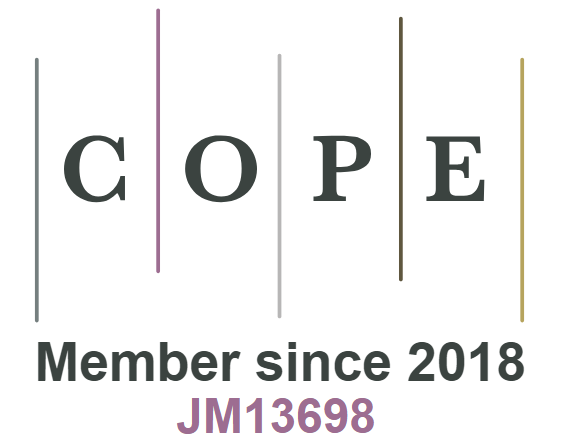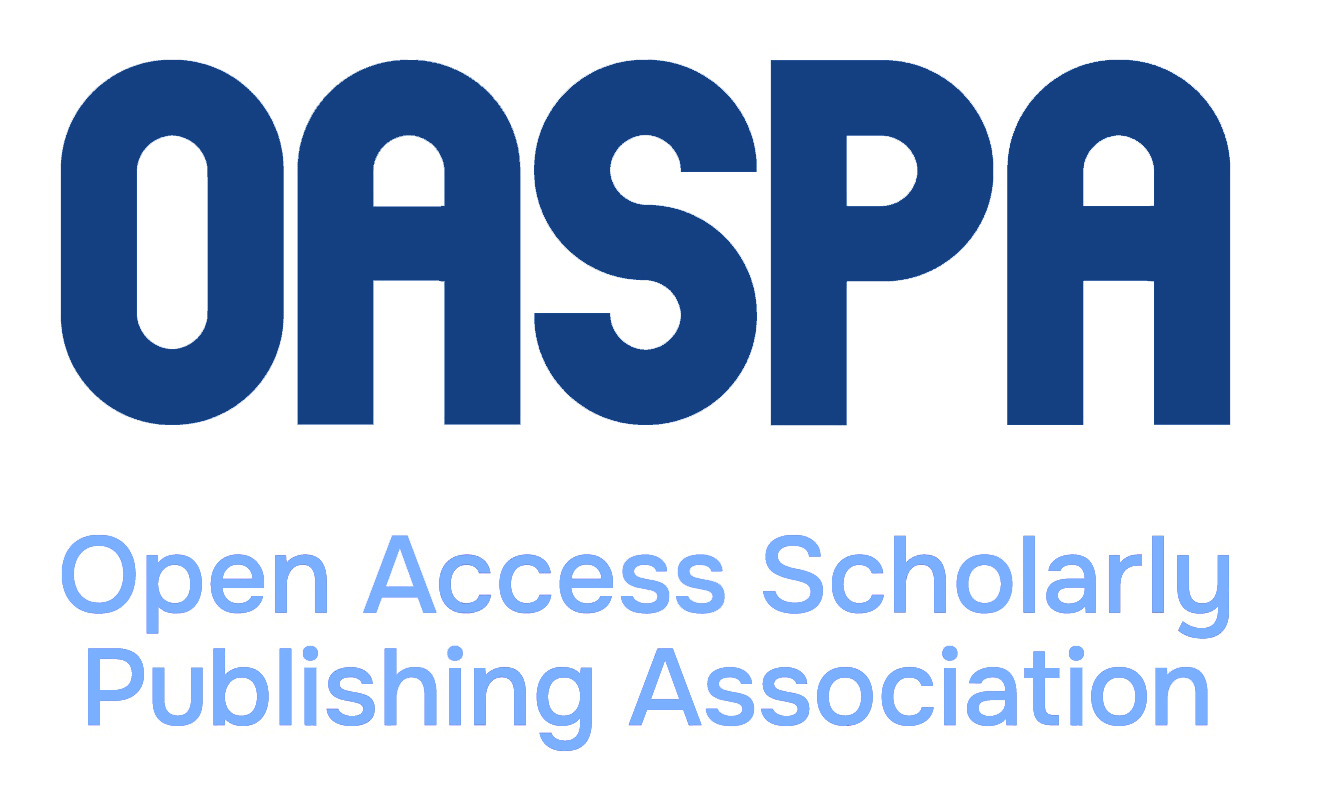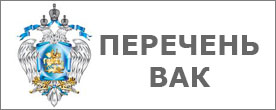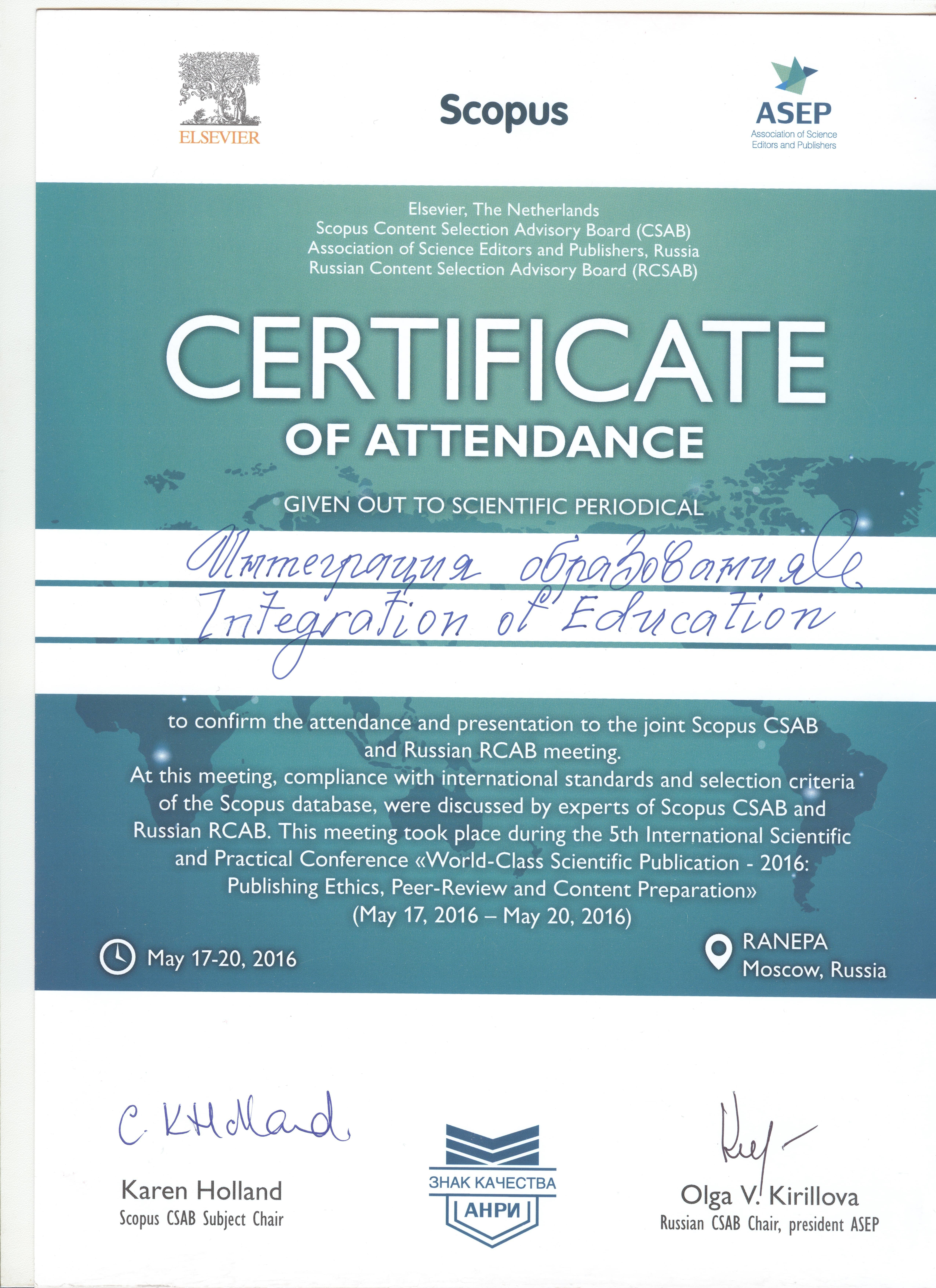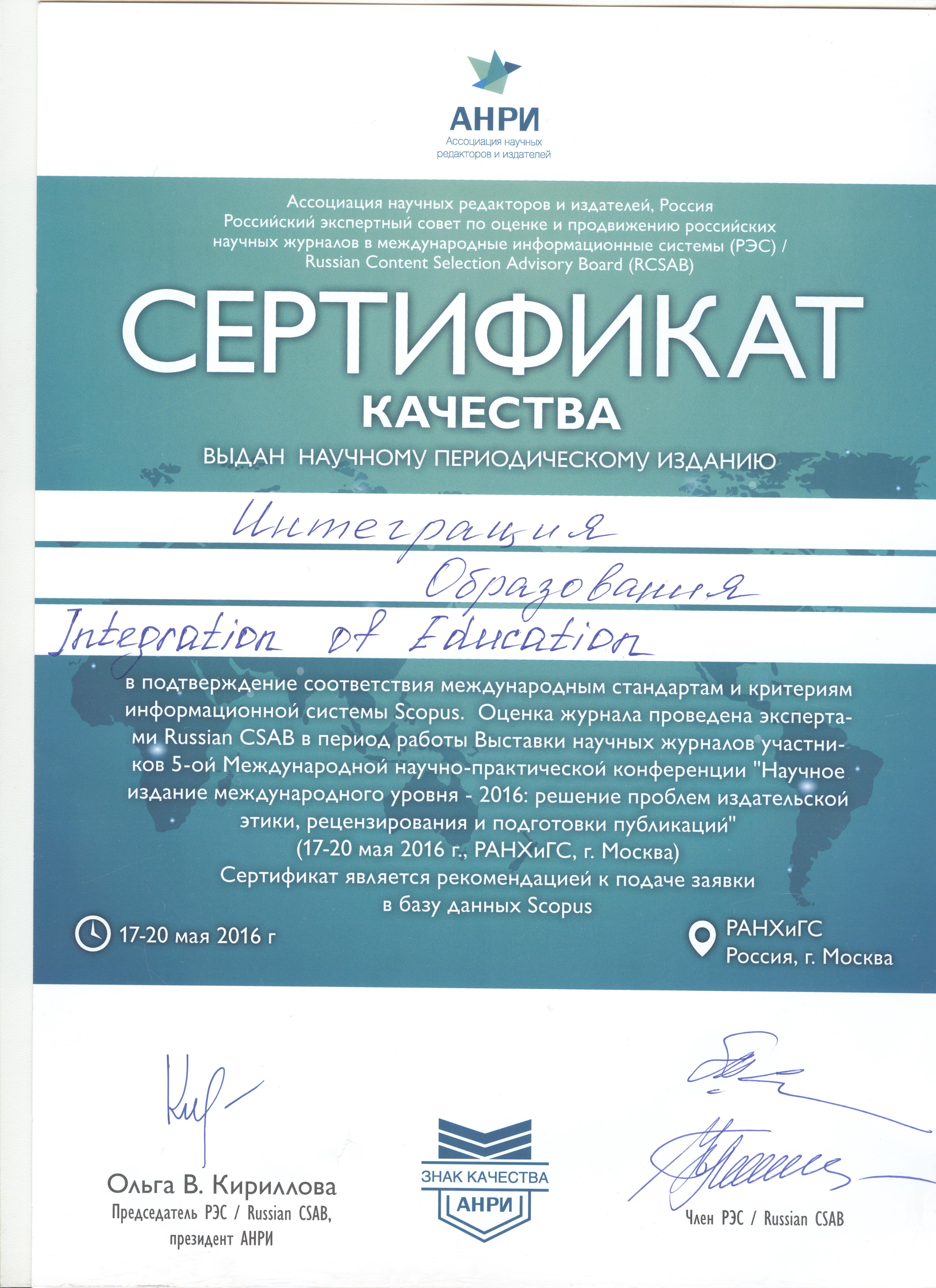DOI: 10.15507/1991-9468.029.202501.049-067
EDN: https://elibrary.ru/ubajeq
УДК 37::(6)(5)
Англизация образования: критический взгляд на страны Африки и Азии
Храмченко Дмитрий Сергеевич
доктор филологических наук, доцент, профессор кафедры английского языка № 4 МГИМО МИД России (119454, Российская Федерация, г. Москва, прт Вернадского, д. 76), ORCID: https://orcid.org/0000-0003-3038-8459, Scopus ID: 57221936139, Researcher ID: N-8008-2018, SPIN-код: 1579-6336, Этот адрес электронной почты защищён от спам-ботов. У вас должен быть включен JavaScript для просмотра.
Аннотация
Введение. Английский стал доминирующим языком академического и профессионального взаимодействия в результате изменений, произошедших в связи с глобализацией образовательных парадигм. Переход на преподавание дисциплин на неродном английском языке (EMI) влияет на образовательные системы стран Африки и Азии путем «англизации». Цель исследования – изучить истоки, проблемы и особенности EMI в этих регионах с точки зрения языковой идентичности, образовательного равенства и педагогической эффективности.
Материалы и методы. В исследовании использован качественный подход, включающий обзор и тематический анализ англоязычных научных публикаций, регламентирующих документов и отчетов, опубликованных в 2000–2024 гг. Систематический поиск в базе данных Google Scholar и анализ вторичных данных выявили общие закономерности и противоречия в научных дискуссиях об англизации, определив ключевые темы и концепции, формирующие современное понимание рассматриваемого явления.
Результаты исследования. Выделены ключевые темы научного дискурса англизации: растущее значение EMI вследствие глобализации и интернационализации, влияние на языковую идентичность местного населения и результаты обучения. Определены преимущества использования EMI: расширение международного сотрудничества и возможностей трудоустройства для выпускников, глобальная интеграция образовательных пространств, реализация новых экономических возможностей. Отмечены проблемы в его распространении: недостаточная подготовка преподавателей, проблемы со знанием языка, потенциальная маргинализация местных языков и культур. Полученные данные указывают на необходимость разработки дифференцированных подходов к преподаванию в условиях EMI с учетом лингвистических и культурных особенностей обучающихся; зависимость успешности внедрения EMI от контекстуальных факторов: языковой политики государства и уровня экономического развития региона.
Обсуждение и заключение. Внедрение EMI становится причиной проблем сохранения языковой самобытности, обеспечения равного доступа к образованию, поиска новых методик реподавания. Перспективой дальнейших исследований может стать разработка инклюзивной политики EMI, поддерживающей многоязычие и учитывающей специфические потребности инклюзивной образовательной среды. .
Ключевые слова: англизация, преподавание на английском языке, интернационализация образования, двуязычное обучение, образовательное пространство стран Африки и Азии
Благодарности: авторы выражают благодарность рецензентам, чьи комментарии помогли улучшить структуру и содержание статьи.
Для цитирования: Храмченко Д.С. Англизация образования: критический взгляд на страны Африки и Азии. Интеграция образования. 2025;29(1):49–67. https://doi.org/10.15507/19919468.029.202501.049067
Автор прочитал и одобрил окончательный вариант рукописи.
Поступила 13.08.2024;
одобрена после рецензирования 19.09.2024;
принята к публикации 27.09.2024.
СПИСОК ЛИТЕРАТУРЫ
- Altbach P.G., Knight J. The Internationalization of Higher Education: Motivations and Realities. Journal of Studies in International Education. 2007;11(3–4):290–305. https://doi.org/10.1177/1028315307303542
- Galloway N., Rose H. Cross-Fertilisation, not Bifurcation, of EMI and EAP. ELT Journal. 2022;76(4):538–546. https://doi.org/10.1093/elt/ccac033
- Knight J. Internationalization Remodeled: Definition, Approaches, and Rationales. Journal of Studies in International Education. 2004;8(1):5–31. https://doi.org/10.1177/1028315303260832
- Macaro E., Curle S., Pun J., An J., Dearden J. A Systematic Review of English Medium Instruction in Higher Education. Language Teaching. 2018;51(1):36–76. https://doi.org/10.1017/S0261444817000350
- Cenoz J., Genesee F., Gorter D. Critical Analysis of CLIL: Taking Stock and Looking Forward. Applied Linguistics. 2014;35(3):243–262. https://doi.org/10.1093/applin/amt011
- Baker W., Hüttner J. English and More: A Multisite Study of Roles and Conceptualisations of Language in English Medium Multilingual Universities from Europe to Asia. Journal of Multilingual and Multicultural Development. 2017;38(6):501–516. https://doi.org/10.1080/01434632.2016.1207183
- Dalton-Puffer C. Content-and-Language Integrated Learning: From Practice to Principles? Annual Review of Applied Linguistics. 2011;31:182–204. https://doi.org/10.1017/S0267190511000092
- Creese A., Blackledge A. Translanguaging in the Bilingual Classroom: A Pedagogy for Learning and Teaching? The Modern Language Journal. 2010;94(1):103–115. https://doi.org/10.1111/j.1540-4781.2009.00986.x
- Otheguy R, García O, Reid W. Clarifying Translanguaging and Deconstructing Named Languages: A Perspective from Linguistics. Applied Linguistics Review. 2015;6(3):281–307. https://doi.org/10.1515/applirev-2015-0014
- Piller I., Cho J. Neoliberalism as Language Policy. Language in Society. 2013;42(1):23–44. https://doi.org/10.1017/S0047404512000887
- Hu G., Lei J. English-Medium Instruction in Chinese Higher Education: A Case Study. Higher Education. 2014;67:551–567. https://doi.org/10.1007/s10734-013-9661-5
- Rose H., McKinley J. Japan’s English-Medium Instruction Initiatives and the Globalization of Higher Education. Higher Education. 2018;75:111–129. https://doi.org/10.1007/s10734-017-0125-1
- Byun K., Chu H., Kim M., Park I., Kim S., Jung J. English-Medium Teaching in Korean Higher Education: Policy Debates and Reality. Higher Education. 2011;62:431–449. https://doi.org/10.1007/s10734-010-9397-4
- Gill S.K. Language Policy in Malaysia: Reversing Direction. Language Policy. 2005;4:241–260. https://doi.org/10.1007/s10993-005-7859-9
- Madiba M. Towards Multilingual Higher Education in South Africa: The University of Cape Town’s Experience. The Language Learning Journal. 2010;38(3):327–346. https://doi.org/10.1080/09571736.2010.511776
- Braun V., Clarke V. Using Thematic Analysis in Psychology. Qualitative Research in Psychology. 2006;3(2):77–101. https://doi.org/10.1191/1478088706qp063oa
- Hou A.Y.C., Morse R., Chiang C.L., Chen H.J. Challenges to Quality of English Medium Instruction Degree Programs in Taiwanese Universities and the Role of Local Accreditors: A Perspective of Non-English-Speaking Asian Country. Asian Pacific Educational Review. 2013;14:359–370. https://doi.org/10.1007/s12564-013-9267-8
- Chitera N. Language of Learning and Teaching in Schools: An Issue for Research in Mathematics Teacher Education? Journal of Mathematics Teacher Education. 2010;14:231–246. https://doi.org/10.1007/s10857-010-9167-3
- Kamwangamalu N.M. A New Language Policy, Old Language Practices: Status Planning for African Languages in a Multilingual South Africa. Journal of African Languages. 2000;20(1):50–60. https://doi.org/10.1080/02572117.2000.10587412
- Kouicem K. Exploring English in Education Policy in Algeria: Obstacles to Its Promotion. Ichkalat Journal. 2019;8(4):573–592. Available at: https://ichkalat.univ-tam.dz/wp-content/uploads/2020/03/33-1.pdf (accessed 10.07.2024).
- Rahmani A. A Glance into the Status of English Language in the Algerian Higher Education Context. Algerian Review of Security and Development. 2021;10(3):1199–1210. Available at: https://clck.ru/3FiYrc (accessed 10.07.2024).
- Begi N. Use of Mother Tongue as a Language of Instruction in Early Years of School to Preserve the Kenyan Culture. Journal of Education and Practice. 2014;5(3):37–49. Available at: https://tinyurl.com/3d4kv4rd (accessed 10.07.2024).
- Piper B., Zuilkowski S.S., Ong’ele S. Implementing Mother Tongue Instruction in the Real World: Results from a Medium-Scale Randomized Controlled Trial in Kenya. Comparative Education Review. 2016;60(4):776–807. https://doi.org/10.1086/688493
- Barnes A.E., Zuilkowski S.S., Mekonnen D., Ramos-Mattoussi F. Improving Teacher Training in Ethiopia: Shifting the Content and Approach of Pre-Service Teacher Education. Teaching and Teacher Education. 2018;70:1–11. https://doi.org/10.1016/j.tate.2017.11.004
- Wildsmith-Cromarty R., Gordon M. Policy versus Practice: The Role of the Home Language in Learning Mathematics and Science in English-Medium Classrooms. The Language Learning Journal. 2009;37(3):359–370. https://doi.org/10.1080/09571730903208520
- Hülmbauer C., Böhringer H., Seidlhofer B. Introducing English as a Lingua Franca (ELF): Precursor and Partner in Intercultural Communication. Synergies Europe. 2008;(3):25–36. Available at: http://www.gerflint.fr/Base/Europe3/hulmbauer.pdf (accessed 10.07.2024).
- Jenkins J. Repositioning English and Multilingualism in English as a Lingua Franca. Englishes in Practice. 2015;2(3):49–85. https://doi.org/10.1515/eip-2015-0003
- Baker W. Intercultural Awareness: Modelling an Understanding of Cultures in Intercultural Communication through English as a Lingua Franca. Language and Intercultural Communication. 2011;11(3):197–214. https://doi.org/10.1080/14708477.2011.577779
- Chen F., Kao S.M., Tsou W. Toward ELF-Informed Bilingual Education in Taiwan: Addressing Incongruity between Policy and Practice. English Teaching and Learning. 2020;44:175–191. https://doi.org/10.1007/s42321-020-00055-1
- Zhao A., Xiao Y. (Mike). English Medium Instruction Programmes: Perspectives from South East Asian Universities. Innovations in Education and Teaching International. 2020;57(6):746–747. https://doi.org/10.1080/14703297.2020.1841445
- Schaub M. English in the Arab Republic of Egypt. World Englishes. 2000;19(2):225–238. https://doi.org/10.1111/1467-971X.00171
- McKinley J., Rose H., Curdt-Christiansen X.L. EMI in Chinese Higher Education: The Muddy Water of ‘Englishization’. Applied Linguistics Review. 2023;14(6):1475–1481. https://doi.org/10.1515/applirev-2022-0015
- Hu G., Li L., Lei J. English-Medium Instruction at a Chinese University: Rhetoric and Reality. Language Policy. 2014;13(1):21–40. https://doi.org/10.1007/s10993-013-9298-3
- Zong X., Zhang W. Establishing World-Class Universities in China: Deploying a Quasi-Experimental Design to Evaluate the Net Effects of Project 985. Studies in Higher Education. 2019;44(3):417–431. https://doi.org/10.1080/03075079.2017.1368475
- Hu G. The Craze for English-Medium Education in China: Driving Forces and Looming Consequences. English Today. 2009;25(4):47–54. https://doi.org/10.1017/S0266078409990472
- Galloway N., Ruegg R. The Provision of Student Support on English Medium Instruction Programmes in Japan and China. Journal of English for Academic Purposes. 2020;45:100846. https://doi.org/10.1016/j.jeap.2020.100846
- Kirkpatrick A. The Language(s) of HE: EMI and/or ELF and/or Multilingualism? The Asian Journal of Applied Linguistics. 2014;1(1):4–15. Available at: https://caes.hku.hk/ajal/index.php/ajal/article/view/23 (accessed 10.07.2024).
- Jiang A.L., Zhang L.J. Understanding Knowledge Construction in a Chinese University EMI Classroom: A Translanguaging Perspective. System. 2023;114:103024. https://doi.org/10.1016/j.system.2023.103024
- Aizawa I., Rose H. An Analysis of Japan’s English as Medium of Instruction Initiatives within Higher Education: The Gap between Meso-Level Policy and Micro-Level Practice. Higher Education. 2019;77:1125–1142. https://doi.org/10.1007/s10734-018-0323-5
- Brown H. Contextual Factors Driving the Growth of Undergraduate English-Medium Instruction Programmes at Universities in Japan. The Asian Journal of Applied Linguistics. 2014;1(1):50–63. Available at: https://caes.hku.hk/ajal/index.php/ajal/article/view/18 (accessed 10.07.2024).
- Burgess C., Gibson I., Klaphake J., Selzer M. The ‘Global 30’ Project and Japanese Higher Education Reform: An Example of a ‘Closing In’ or an ‘Opening Up’? Globalisation, Societies and Education. 2010;8(4):461–475. https://doi.org/10.1080/14767724.2010.537931
- Bhattacharya U. Mediating Inequalities: Exploring English-Medium Instruction in a Suburban Indian Village School. Current Issues in Language Planning. 2013;14(1):164–184. https://doi.org/10.1080/14664208.2013.791236
- Zein S., Sukyadi D., Hamied F.A., Lengkanawati N.S. English Language Education in Indonesia: AReview of Research (2011–2019). Language Teaching. 2020;53(4):491–523. https://doi.org/10.1017/S0261444820000208
- Floris F.D. Learning Subject Matter through English as the Medium of Instruction: Students’ and Teachers’ Perspectives. Asian Englishes. 2014;16(1):47–59. https://doi.org/10.1080/13488678.2014.884879
- Tso A. Challenges in Achieving Coherence and Cohesion: A Discourse Analysis of Chinese EFL Students’ Essays. Professional Discourse and Communication. 2024;6(1):95–108. https://doi.org/10.24833/2687-0126-2024-6-1-95-108

Контент доступен под лицензией Creative Commons Attribution 4.0 License.








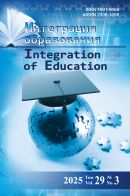
 Шаблон статьи
Шаблон статьи



